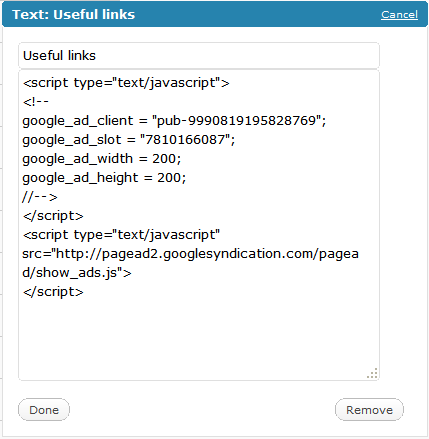In a recent PHP conference in London some great speakers spoke about new features in PHP to be released in PHP 5.3. PHP 5.3 contains functionality that was scheduled for PHP 6, which takes PHP 5.3 from being a minor release to a significant and huge release. A release that no PHP developer should ignore. Most of these features are pretty complicated additions for novice PHP programmers. I have listed some features and some ways to use them.
1) Namespaces for classes and functions
This feature will help us shorten the class names and function names. To appreciate this feature, we need to go back to the days before there was Object Oriented Programming in PHP. Imagine all the function names with name save(). How would you differentiate if the call save() was to save a blogs or save comments? The solution was to use blog_save() or comment_save() before the introduction of classes in which we could write the save() function within the Blog class or the Comment class. Using classes is obviously a much more elegant solution.
We now have the same situation with the large number of classes and functions. Using namespaces, we could simply separate the two functions above in the code below:
<?php
namespace Blog;
function save()
{
echo "Now saving the blog!";
}
namespace Comment;
function save()
{
echo "Now saving the comment!";
}
// To invoke the functions
Blog\save(); // This prints - Now saving the blog!
Comment\save(); // This prints - Now saving the comment!
?>
EDIT: A final decision was made on October 2008. Developers will have to use \ backslash operator to dereference namespaces.
2) MySQL Native Driver
PHP 5.3 has a native driver specific to PHP, optimised for the ZEND engine. It is an alternative to connect to MySQL server versions newer than 4.1. Being a native driver we should be able to get much faster execution times. The native driver will also be licensed under the PHP license. If you are like most users, you are currently using libmysql (A MySQL database client library) you will be able to easily switch over to mysqlnd without making any changes to your existing PHP Scripts!
3) phar – PHp ARchive
This is a cool new feature. Think of it like an archive, like a .zip file or a .tar file. Besides just being able to group all the files into one simple file, we will be able to deliver and run an entire PHP application from a single file!
We will also be able to use phar archives within PHP, so the following will work in PHP 5.3 and above
<?php
include "singlefilelibrary.phar"
?>
Obviously, there will be a performance hit but the possibilities are endless, imagine being able to upload phpMyAdmin to the server as a single phar file instead of hundreds of small files.
4) Closures & Lambdas
This gets into the list because this is something most web developers would have been familiar with while working on Javascript. A lambda can be declared anywhere and they can be assigned to a variable. A closure on the other hand are lambda funcions but have access to the variables where they were declared. This is something called lexical scoping. To see this in action take a look at this example.
<?php
$hellolambda = function () {
echo "Hello world via Lambda";
}
$hellolambda(); // Outputs Hello world via Lambda
?>
5) All of the rest!
There are a lot of other things in PHP 5.3 which I thought are nice, I have just described all of them very succinctly.
Functors: This allows an object to be invoked as a function.
Traits: This is a new unit of reuse, traits can be incomplete, provides reusability, modularity and structure. In short it is copy-paste glorified!
Magic functions: We have a couple of new magic functions for classes (interceptors) __callstatic() and invoke()
Ternary operator: You can now display the a value that exists $value1 or $value2 using this simple statement echo $value1?:$value2;
There are many more things added like Late Static Binding, Variable Static Calls, Changes to PHP Error Levels, new PHP functions, improvements to help with OpenID, Command line and many more.
Final Thought
Well, this gives us much more to play with. It is definitely a lot to include into PHP 5.3 and I would have expected so many changes to go into PHP 6. I sometimes wonder if there will be anything new left to add into PHP 6 given the fact that so much has been released already. If you are interested in PHP 5.3, do give it a try here, it is in beta at the time of the writing.






